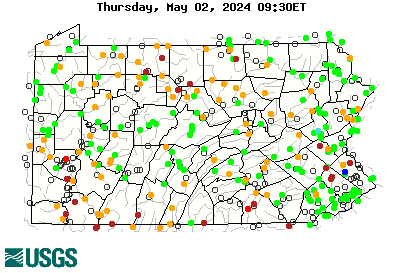I posted one of my worm flies a couple days ago in the thread on Early Spring Confidence Flies and there seemed to be some interest in it there. (That fly actually works most any time.)
Here is my version of another related worm fly, the Wire Worm. The only difference between mine, as pictured here, is that I’ve put about 3-4 coats of Sally Hanson’s Hard as Nails (SHHN) coating over the wire, where the original does not.
Tied on a Mustad 37160-BL size #6 hook, using heavy red wire, UTC 280 Fl.Orange thread, and coated with SHHN.
View attachment 1641240284
The Wire Worm is a very popular fly in the West, particularly in the higher water of the early spring when you need to get your flies down quickly. It’s often used as the upper fly on a 2 fly rig.
It is a very simple, effective, and quick fly to tie when using only the thread and bare wire wrapped on a hook. My version is equally simple to tie but takes a bit longer to apply, and let dry, the coats of SHHN.





